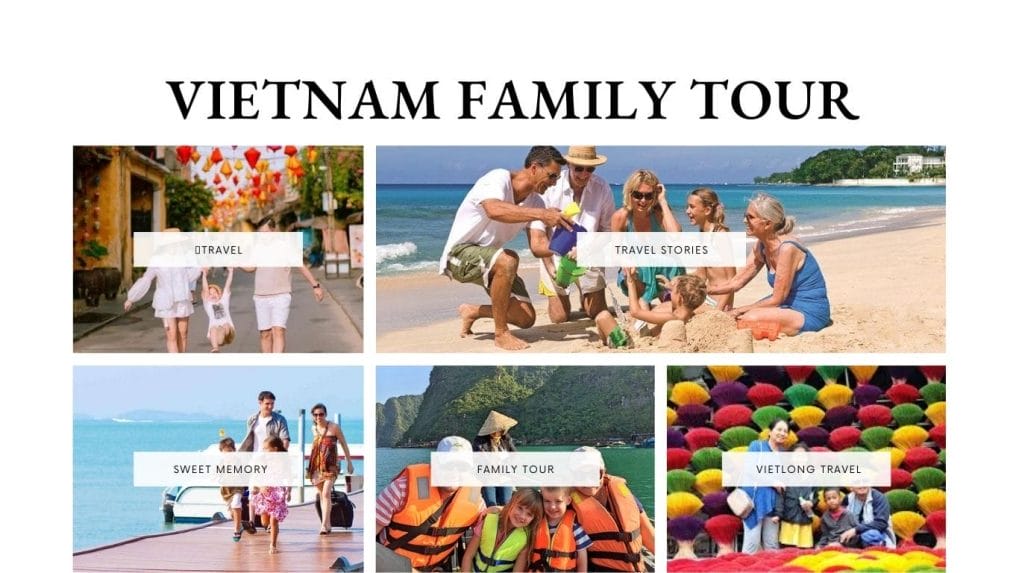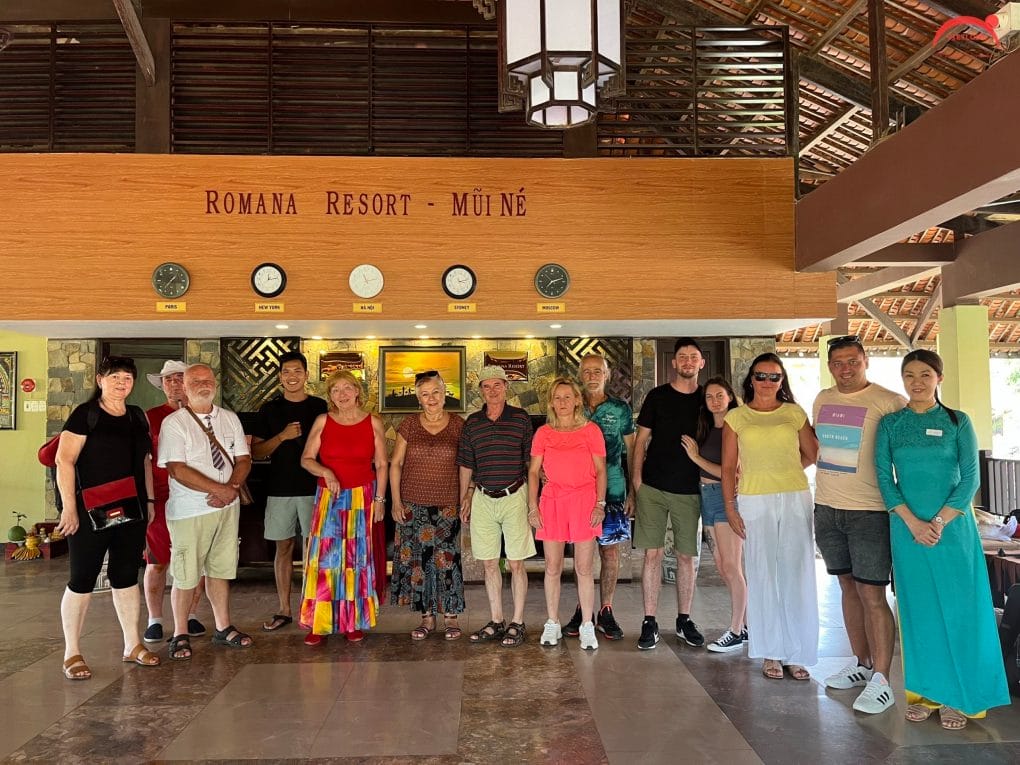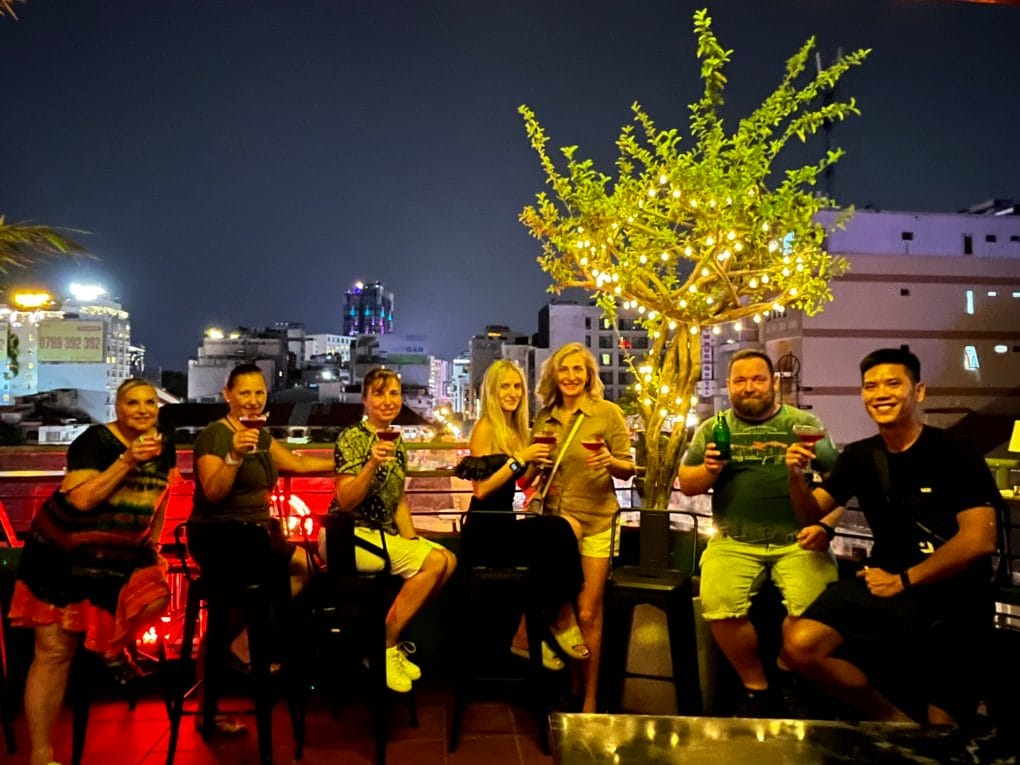SOCIALISM AFTER 1975
After April 30, 1975, unlike the Khmer Rouge in Cambodia, the Vietnamese communists did not commit a “bloodbath”, but most government officials and military personnel were sent to reeducation camps. They were joined by influential people in the literary and religious circles, in these hard labor prison camps. The inhumane conditions and treatment in the camps caused many inmates to remain bitter towards the communists decades later.
Nevertheless, many North Vietnamese soldiers and cadres began to realize that they had been indoctrinated into thinking that the South Vietnamese people were utterly poor and exploited by the imperialists and foreign capitalists who treated them like slaves, shackling, whipping and terrorizing them with dogs. Contradictory to what they were taught, they saw an abundance of food and consumer goods, fashionable clothes, plenty of books and music; things that were hard to get in the North.
In 1976, Vietnam was officially unified and renamed Socialist Republic of Vietnam (SRVN), with its capital in Hà N?i. The Vietnamese Communist Party dropped its front name “Labor Party” and changed the title of First Secretary, a term used by China, to Secretary General, used by the Soviet Union, with Lê Du?n as Secretary General. The National Liberation Front was dissolved. The Party emphasised development of heavy industry and collectivisation of agriculture. Over the next few years, private enterprises were seized by the government and their owners were often sent to the New Economic Zones—a communist euphemism for a thick jungle – to clear land. The farmers were coerced into state-controlled cooperatives. Transportation of food and goods between provinces was deemed illegal except by the government. Within a short period of time, Vietnam was hit with severe shortage of food and basic necessities. The Mekong Delta, once a world-class rice-producing area, was threatened with famine. During the mid 1980s, inflation reached triple figures.
In foreign relations, the SRVN became increasingly aligned with the Soviet Union by joining the Council for Mutual Economic Assistance (COMECON), and signing a Friendship Pact, which was in fact a military alliance, with the Soviet Union. Tension between the Vietnam and China mounted along with China’s rivalry with the Soviet Union and conflict erupted with Cambodia, China’s ally. Vietnam was also subject to trade embargoes by the U.S. and its allies.
The SRVN government implemented a Stalinist dictatorship of the proletariat in the South as they did in the North. The network of security apparatus (Công An: literally “Public Security”, a communist term for the security apparatus) controlled every aspect of people’s life. Censorship was strict and ultra-conservative, with most pre-1975 works in the fields of music, art, and literature being banned. All religions had to be re-organized into state-controlled churches. Any negative comments toward the Party, the government, Uncle Ho, or anything related to Communism might earn the person the tag of Ph?n ??ng (Reactionary), with consequences ranging from being harassed by police, expelled from school or workplace, to being sent to prison. Nevertheless, the Communist authority failed to suppress the Black Market, where food, consumer goods, and banned literature could be bought at high prices. The security apparatus also failed to stop a nationwide clandestine network of people trying to escape the country. In many cases, the security officers of some whole districts were bribed and even got involved in organizing the escape schemes.
These living conditions resulted in an exodus of over a million Vietnamese secretly escaping the country either by sea or overland through Cambodia. For the people fleeing by sea, their wooden boats were often not seaworthy, were packed with people like sardines, and lacked sufficient food and water. Many were caught or shot at by the Vietnamese coast guards, many perished at sea due to boats sinking, capsizing in storms, starvation and thirst. Another major threat were the pirates in the Gulf of Siam, who viciously robbed, raped, and murdered the boat people. In many cases, they massacred the whole boat. Sometimes the women were raped for days before being sold into prostitution. The people who crossed Cambodia faced equal dangers with mine fields, and the Khmer Rouge and Khmer Serei guerillas, who also robbed, raped, and killed the refugees. Some were successful in fleeing the region and landed in numbers in Malaysia, Indonesia, the Philippines, and Hong Kong, only to wind up in United Nations refugee camps. Some famous camps were Bidong in Malaysia, Galang in Indonesia, Bataan in the Philippines and Songkla in Thailand. Some managed to travel as far as northern Australia in crowded, open boats.
While most refugees were resettled to other countries within five years, others languished in these camps for over a decade. In the 1990s, refugees who could not find asylum were deported back to Vietnam. Communities of Vietnamese refugees arrived in the US, Canada, Australia, France, West Germany, and the UK. The refugees often sent relief packages packed with necessities, such as medicines and sanitary goods to their relatives in Vietnam to help them survive. Very few would send money as it would be exchanged far below market rates by the Vietnamese government.
In late 1978, following repeated raids by the Pol Pot regime’s Khmer Rouge into Vietnamese territory, Vietnam sent troops to overthrow Pol Pot. The pro-Vietnamese People’s Republic of Kampuchea was created with Heng Samrin as Chairman. Pol Pot’s Khmer Rouge allied with non-Communist guerilla forces led by Norodom Sihanouk and Son Sann to fight against the Vietnamese forces and the new Phnom Penh regime. Some high ranking officials of the Heng Samrin regime in the early 1980s resisted Vietnamese control, resulting in a purge that removed Pen Sovan, Prime Minister and Secretary General of the Cambodian People’s Revolutionary Party. The war lasted until 1989 when Vietnam withdrew its troops and handed the administration of Cambodia to the United Nations. The Vietnamese invasion of Cambodia had prevented the genocide of millions of Cambodians by the Khmer Rouge.
In early 1979, China invaded Vietnam to supposedly “teach Vietnam a lesson” for the invasion of Cambodia and the supposed persecution of the ethnic Chinese minority. The Sino-Vietnamese War was brief, but casualties were high on both sides.
Vietnam’s third Constitution, based on that of the USSR, was written in 1980. The Communist Party was stated by the Constitution to be the only party to represent the people and to lead the country.
During the early 1980s, a number of overseas Vietnamese organizations were created with the aim of overthrowing the Vietnamese Communist government through armed struggle. Most groups attempted to infiltrate Vietnam but eventually were eliminated by Vietnamese security and armed forces.
Throughout the 1980s, Vietnam received nearly $3 billion a year in economic and military aid from the Soviet Union and conducted most of its trade with the USSR and other COMECON (Council for Mutual Economic Assistance) countries. Some cadres, realizing the economic suffering of the people, began to break rules and experimented with market-oriented enterprises. Some were punished for their efforts, but years later would be hailed as visionary pioneers.






